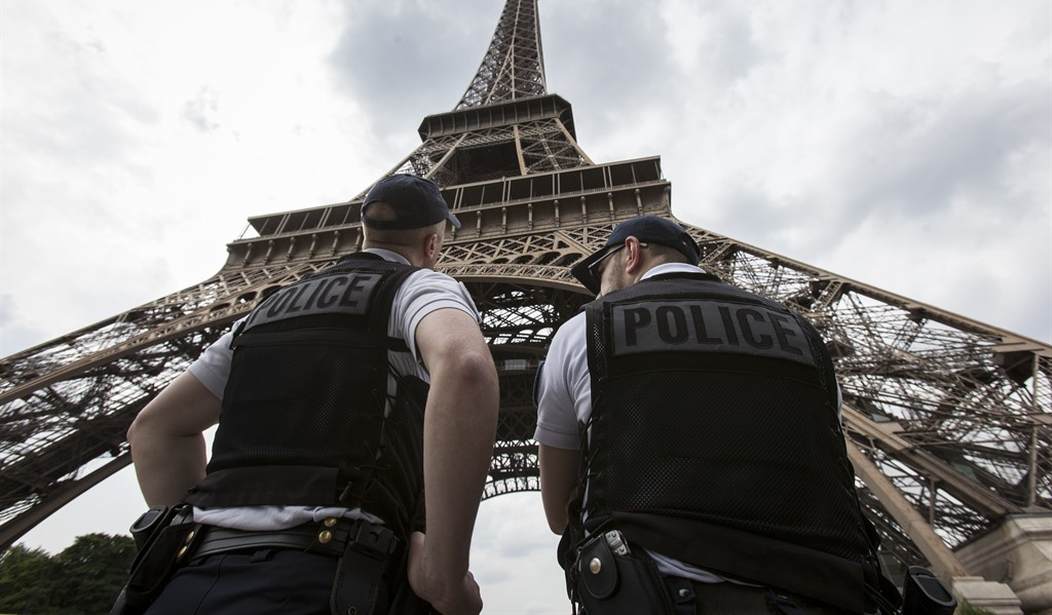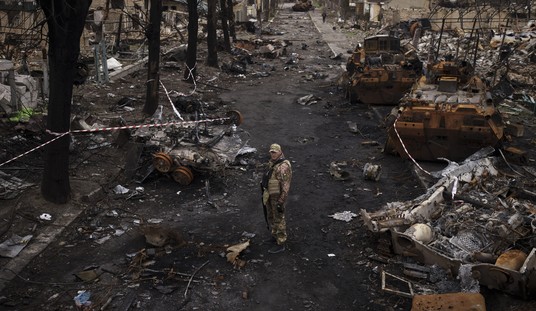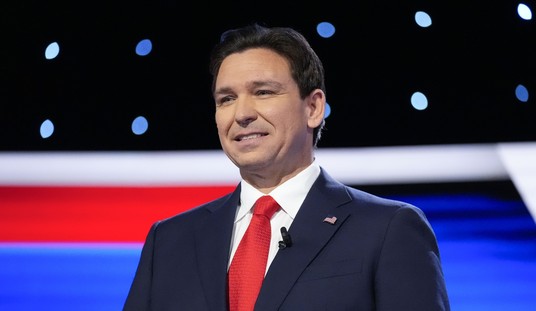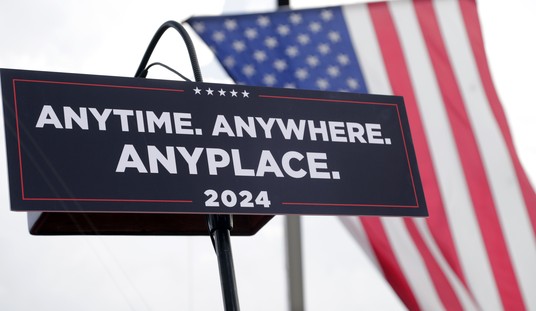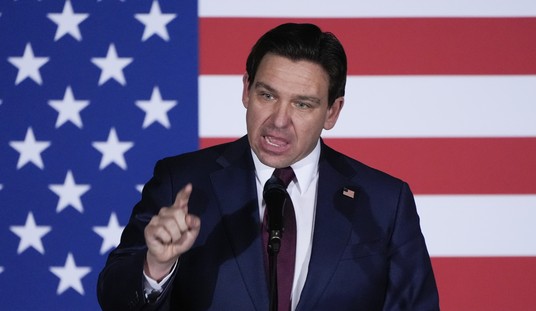We’ve covered this story several times. This week the nightly violence seems to finally be dying down thanks in part to some counter-protests for civil order.
The Atlantic published a story today highlighting the scale and viciousness of these riots thus far.
…rioters seem to be getting younger and appear more willing to cross previously unthinkable lines. In L’Haÿ-les-Roses, a suburban town south of Paris, several days ago, unidentified assailants smashed a car into the home of the mayor, Vincent Jeanbrun, and lit the automobile on fire in an attempt to destroy his house. Jeanbrun’s wife and children were asleep. Two of his family members sustained injuries trying to escape. Even as people in France have grown numb to excess, we sense that few limits remain. Jeanbrun correctly observed that this was an assassination attempt and that “democracy itself is under attack.” In all, 99 town halls and 250 police stations or gendarmeries have been stormed; about 3,400 people—on average, just 17 years old—have been arrested; more than 700 police officers have been injured; 5,000 vehicles have been burned; and 1,000 buildings have been damaged or looted.
Clearly there is a lot of anger so what is it all about? I’m going to share bits of several stories trying to answer that question and then offer a bit of my own theory. Let’s start with the BBC which published a letter from an African journalist who argued that the cause of the riots was French racism.
As a young, Algerian, Muslim man who grew up in Canada, my observation of day-to-day life in France over the past few months is that the water reeks of latent, banalised racism and Islamophobia.
In the weeks leading up to the shooting, there were several examples of major media outlets and political elites making highly provocative statements about Muslims and Algerians in France.
At the start of June, former Prime Minister Edouard Philippe gave a wide-ranging interview in which he called for immigration reform. He said that some French people don’t consider second- or third-generation immigrants French for purposes of “integration, education, civic-mindedness” – and that these views should be heard.
Mr Philippe went on to say that another problem many French people have with immigration is Islam.
“It is a central subject, a disturbing subject, a haunting subject,” he said…
Later on in June, France’s most watched news channel, BFM TV, filmed the entrance of a middle school in Lyon so that they could count how many students walked in with an “abaya”, a loose robe worn by many Muslim women.
The report was meant to tell the French public that the open display of religion was creeping into schools, contravening the doctrine of laïcité – the French concept of strict secularism in the public space.
I think this is the video he’s talking about.
Video footage of Muslim students in France removing their hijab and abaya before entering schools.
The abaya is currently the new fixation for the French state. The Ministry of National Education organised a meeting last Tuesday to study "the multiplication of incidents related… pic.twitter.com/5F5vQcAuzc
— 5Pillars (@5Pillarsuk) June 12, 2023
There’s a story about the controversy here:
A reported increase in Muslim girls wearing the abaya dress at French schools has triggered a debate about their violation of the country’s sacrosanct commitment to secularism in education.
France’s identity has long been wedded to its conception of secularism in public life.
A 2004 law bans wearing clothes or symbols revealing someone’s religion in educational settings, including large crosses, Jewish kippas and Islamic headscarves.
Unlike headscarves, abayas — a long, baggy garment worn to comply with Islamic beliefs on modest dress — occupy a grey area and face no outright ban.
But some believe they flout the secular principles, intensifying a recurring debate about the influence of Islam in schools.
Moving along, the Atlantic published a story today comparing the riots to the summer of 2020 in the US:
The uprising has a purely memetic aspect—one evident in the Anglophone media’s haste to dub the current unrest “France’s George Floyd moment,” and in some French activists’ adoption of the American framework of structural racism to explain and at times even justify wanton violence and devastation. In his first remarks on the recent riots, Macron controversially observed the power of social media at play. “We’ve seen violent gatherings organized on several [social-media platforms]—but also a kind of mimicry of violence,” he said, according to Politico, adding that such networked contagion distances young people from reality. What no one can dispute is that this uprising is not reducible to a single killing.
Finally, the Free Press published a lengthy story arguing something quite different. The author’s take is that the riots are multiplying across the west precisely because we’ve solved so many of the major problems.
If you’re exercised over a given political or social cause, you’ll see that cause as the explanation. But are all these causes coincidentally coming to a head at the same time? Are Western countries staring at once into the multiple abysses of racism, state-sanctioned brutality, and economic adversity?
I’d argue just the opposite. The West has made such extraordinary—indeed, historically unique—progress in reducing suffering on a large scale that we’re now left grasping for new ideals and new aspirations to fulfill. This is not to say that everything is perfect. But the current penchant for protests and riots is profoundly out of proportion with the relatively small-scale challenges we still face.
Our accomplishments on human rights, freedoms, and the alleviation of hardship are so gargantuan that statistical comparisons with previous ages are made absurd. In the twentieth century, industrial-scale racism emanating from Western Europe killed millions of Jews and brought the world to war. In the U.S., Jim Crow segregation was the law of the land in the South while de facto segregation reigned elsewhere. In the twenty-first century, we seize on statistically rare police shootings as evidence of an ongoing genocide. You want to know what French barbarity looks like? The guillotine was still in use in the late 1970s. In the previous century, countries in Western Europe saw genuine famines. Today, Western Europe (and America) is fighting an obesity crisis, with the United Kingdom leading the pack.
There’s something to that. Black Lives Matter arrived on the scene at a time where the number of unarmed black Americans shot by police is actually pretty small. And even some of the cases that wind up getting immense media attention thanks to BLM turn out to be poor examples to make their point (the justified shooting of Michael Brown comes to mind).
Calling what happened in France the country’s “George Floyd moment” might be an oversimplification but I think we have seen in the past three years a desire by young people in other countries to adopt the revolutionary poses struck by young people in other parts of the globe. So you have Greta Thunberg protesting in Sweden and soon you have Extinction Rebellion stopping traffic in London and New York (plus people gluing themselves to famous works of art all over the world). You have BLM protests in the US and soon you have BLM protests in London. There may be some immediate motives of anger over racism driving all of this but I think the left has made street protests and vandalism look acceptable and maybe even a little bit fun. I wonder if this would be happening now if all of these young people hadn’t seen videos of American cities on fire in 2020.

